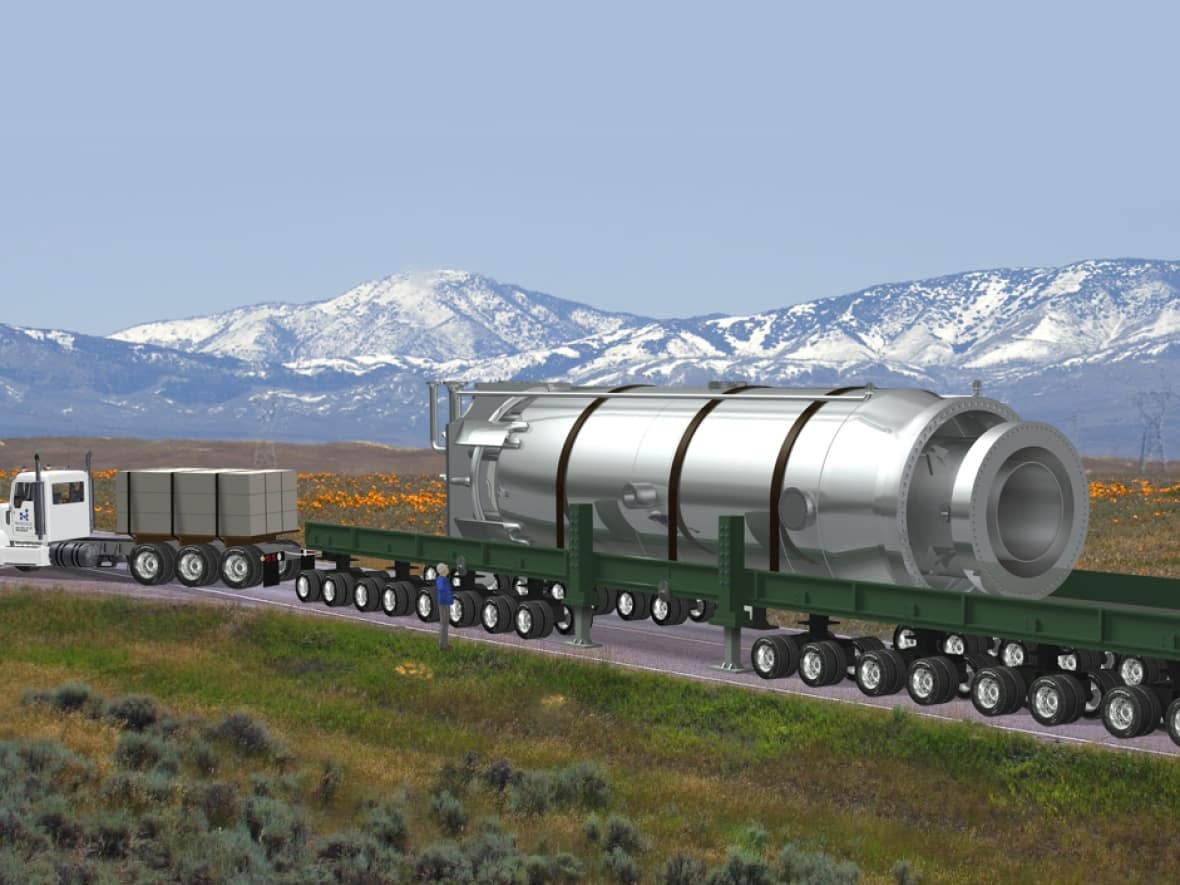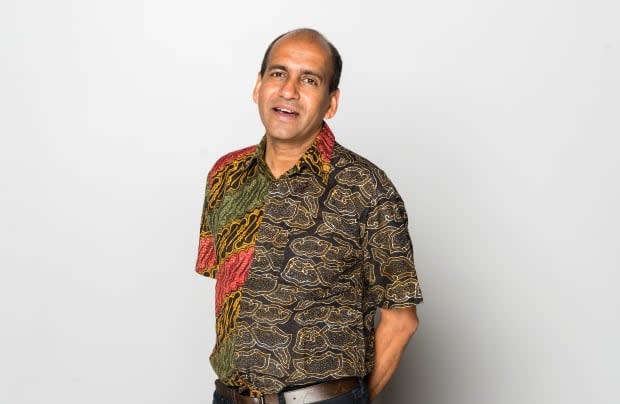Nuclear power no solution for the N.W.T., some experts suggest

When it comes to reducing greenhouse gas emissions — nuclear power is a divisive option.
But for Canada's North, two academics on different sides of the debate agree: small modular reactors, called SMRs, are not an economically feasible way of getting remote northern communities off of diesel-generated power.
Since 2017, the N.W.T. government has been part of a working group looking at the possibility of SMRs.
John Richards, a fellow at the C.D. Howe Institute, co-authored a paper published last week that said Canada needs to embrace small modular reactors in order to meet its greenhouse gas reduction goals.
In a transition to cleaner forms of energy, Richards says Canada can't entirely rely on solar and wind power because it's intermittent. He said nuclear power can be used in conjunction with those forms of renewable energy to provide a constant supply of energy — when there's no wind or no sunlight.
But, he said, he sees it as an option in Saskatchewan or Manitoba — where there isn't much more potential for hydro. In the small remote communities in the North, he said, small modular reactors would be too expensive.
Who will build them?
Small modular reactors are nuclear reactors that use fission to produce energy, similar to existing large reactors, but with smaller power capacity. They're "modular" because they're designed to be assembled in a factory, transported by flatbed trucks or trains, and installed where needed. The International Atomic Energy Agency defines reactors as "small" if their output is under 300 megawatts.
Small modular reactors are still in the prototype phase now. Even if they can be built small enough so as not to massively over-supply power in a small remote community, M.V. Ramana — a professor at the School of Public Policy and Global Affairs at the University of British Columbia and a critic of nuclear power — doubts a private sector manufacturer will do so.
Ramana said a manufacturer would want to be guaranteed there's a market for the technology, and he thinks they'll be too expensive for remote communities to buy them. According to Natural Resources Canada, a 20 megawatt SMR for the mining industry is expected to cost between $200 and $350 million.
Ramana co-authored a report that found all the remote communities and all the remote mines in Canada would not generate enough demand to serve as an incentive for a manufacturer to build an SMR factory.

The price of the technology would also drive up the cost of the power it generates.
"Our estimates showed that the price of electricity from a small modular reactor built in the remote parts of Canada could cost up to 10 times as much as the cost of electricity from diesel," he said.
Too much power
During peak demand in the winter months, Yellowknife uses about 34 megawatts of power, according to the Northwest Territories Power Corporation. Elsewhere in the N.W.T., Inuvik's peak demand is 5.5 megawatts, while in Jean Marie River, it's just 0.5 megawatts.
In an emailed statement to CBC News in late October, Ben Israel, a senior coordinator with the N.W.T.'s infrastructure department, said the smallest available size of SMR might still be oversized for most of the territory's remote communities.
Israel said the territory has been part of an SMR working group since 2017, and that it is also participating in an SMR feasibility study being carried out by the Yukon government.
"Any development of SMR technology in the N.W.T. would first require extensive demonstration of safety and cost-effectiveness in other jurisdictions — as well as education about the technology … before it would be considered as an option by the Government of the Northwest Territories."
Kevin O'Reilly, the MLA for Frame Lake, said nuclear energy comes up every so often "as some kind of climate crisis saviour" — and he isn't convinced yet that it would work.
"If we want to deal with the climate crisis, I think we need to be looking at some fundamental changes in the way we do things and the way we consume and extract energy."
Already in action
Bob McDonald, the long-time host of CBC's Quirks and Quarks, believes nuclear power is worth looking into. He outlines a case for small modular reactors in his recently published book, The Future Is Now, and says they could be used to replace diesel generators in Canada's North.
"Nuclear powered aircraft carriers, nuclear submarines, Russian nuclear icebreakers … have been using small reactors for decades," he said in an interview. The core of the reactor in an SMR isn't much bigger than an office desk, he said, and it's sealed in a stainless steel container that is transported to a community and installed underground.
"These are designed to be safe and shut themselves down without any human intervention if something goes wrong," he said.
Though SMRs do create nuclear waste, McDonald considers the amount of waste to be small and manageable — and, unlike with carbon emissions that spread out into the atmosphere, you know where the nuclear waste is stored.
"The bottom line is we need to talk about it," he said. "We need to have education on how these things work, from the nuclear industry to the public, to allay the fears, explain how the technology works, the benefits, the costs compared to what we're doing today."


